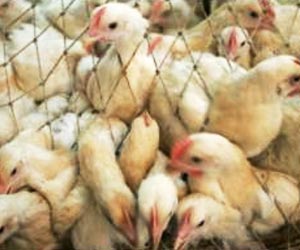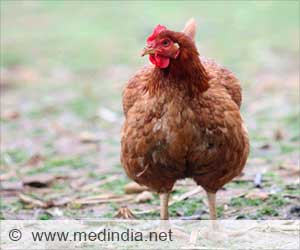H5N8 – an avian influenza, for the first time, is found to cause a human infection that is detected in the workers exposed to bird flocks.

‘H5N8 – an avian influenza, for the first time, is found to cause a human infection that is detected in the workers exposed to bird flocks in southern Russia. However, WHO warrants surveillance and community awareness regarding the potential dangers and detection in human cases. This would aid in early changes in transmissibility and infectivity of the viruses.’





So far, the highly pathogenic virus has affected seven workers at a poultry farm in southern Russia where outbreaks of H5N8 were reported in the bird population in December 2020. Avian flu is a type of influenza flu that has many different strains and usually affects only birds. Generally contact with infected poultry or surfaces that are contaminated with infected bird excretions: saliva, nasal secretions or feces may result in human infection.
The H5N8 Bird Flu
H5N8 outbreak as witnessed by Germany, the Netherlands, and the United Kingdom in 2014, is said to be found in birds since at least 1983. The H5N8 type influenza is currently being manifested in a variety of ways, from asymptomatic and sub-clinical to highly lethal in some populations.
“The virus can be transmitted from birds to humans, it has overcome the interspecies barrier. As of today, this variant of the influenza virus is not being transmitted from person to person. Only time will tell how quickly future mutations will allow it to overcome this barrier”, says Popova.
Advertisement
However, WHO warrants surveillance and community awareness regarding the potential dangers and detection in human cases. This would aid in early changes in transmissibility and infectivity of the viruses.
Advertisement








